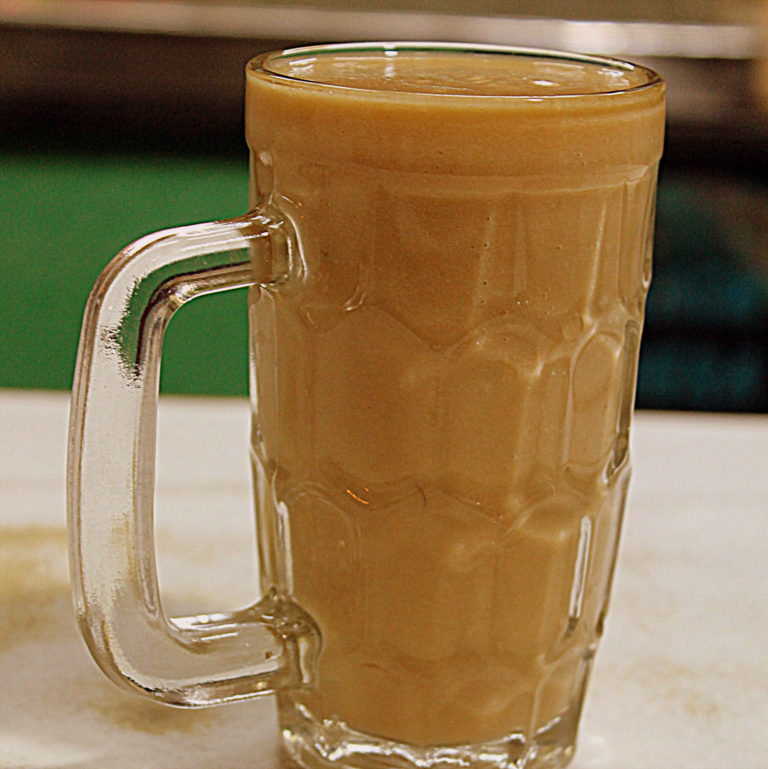

Chikoo fruit is a round or oval-shaped berry, which weighs around 150 grams. This page provides a comprehensive description of chikoo meaning in English and Urdu both, making it an excellent resource for anyone looking to learn more about the term.
#CHIKOO ENGLISH SKIN#
In contrast, vitamin C help strengthening the immune system, avert heart disease and keeps your skin healthy. Chikoo is also known as sapota, sapodilla, nose berry, sapodilla plum or chikoo sapote. In English, the chikoo is referred to as 'Sapodilla' and it is driven by the English language. Sapodilla plum (Achras sapota or Manilkara zapota) is a tropical evergreen fruit tree belonging to the family of sapotaceae used in traditional system of Indian medicine. After planting, when new growth begins, apply 1/4 lb (113 g) of a young tree fertilizer such as a 6-6-6-2 (% nitrogen -% phosphate-% potash-% magnesium ) with minor elements with 20 to 30% of the nitrogen from organic sources. Small students in school, are often asked to write 10 lines about Sapodilla in English. Chikoos are an excellent source of vitamin A, and vitamin C. (Plants) a large tropical American evergreen tree, Achras zapota, the latex of which yields chicle. Sapodilla, commonly known as Chickoo is such a fruit, which has a sweet taste that resembles a mixed flavour of brown sugar and beet root. Some may say it tastes more like caramel.Sapodilla is not demanding in its fertilizer requirements. It is known as Chikoo or Sapota (சப்போடா) in India, and Bangladesh, Chikoo (also spelled "Chiku" or "Ciku") in South Asia and Pakistan, Tsiko in the Philippines, Sawu in Indonesia, Ciku in Malaysia, hồng xiêm (xa pô chê) in Vietnam, Sapodilla or Rata-mi in Sri Lanka, Lamoot (ละมุด) in Thailand, Níspero in Venezuela, Sugardilly in the Bahamas, Naseberry in the rest of the West Indies, and Sapoti in Brazil. Sapodilla was formerly often known by the invalid name Achras sapota. It is a native of Mexico and was introduced to the Philippines during Spanish colonisation. Some are round and some are oval with pointed ends.

The fruit has a high latex content and does not ripen until picked. The chikoo trees yield fruit twice a year, though flowering may continue year round. Do remember to increase the time interval in winters. The seeds are black and resemble beans, with a hook at one end that can catch in the throat if swallowed. Irrigation: Chikoo is a hardy plant and can survive a lack of moisture. Hay una cabaña chica en el bosque.There is a little cabin in the woods. Add milk powder and fold in the the condensed milk-chikoo mixture into it. Using the steel bowl of your stand mixer fitted with wire whisk attachment or using your hand mixer, beat heavy cream till it forms peaks. There shouldn’t be any chikoo bits remaining. The flavour is exceptionally sweet and quite delicious. Compramos un auto chico.We bought a small car. Pulse for 3-4 minutes till it’s all super smooth. A good source of dietary fibre, the pulp of this fruit functions as an excellent laxative. Inside, its flesh ranges from a pale yellow to an earthy brown color with a grainy texture akin to that of a well-ripened pear. Sapota is high on calories providing 83 calories per 100 grams. The fruit is a large globose berry, 4-8 cm in diameter, very much resembling a smooth-skinned potato and containing 2-10 seeds. The white flowers are inconspicuous and bell-like, with a six-lobed corolla. They are alternate, elliptic to ovate, 7-15 cm long, with an entire margin. The ornamental leaves are medium green and glossy. It comprises of soft, easily digestible pulp made up of natural sugars that are in line with mango, banana and jackfruit. It is wind-resistant and the bark is rich in a white, gummy latex called chicle. Sapodilla or sapota (chikoo) is a popular tropical winter fruit relished for its sweet flavour and indispensable medicinal properties and therapeutic benefits. Unripened Sapodilla fruitSapodilla grows to 30-40 m tall. These trees need a tropical climate to grow and cannot survive freezing temperatures. It is a moderately tall tree, growing to between 30 and 50 feet in height with widely branching branches and stems. Sapodilla (Manilkara zapota) is a long-lived, evergreen tree native to the New World tropics. The chikoo tree is native to Southern Mexico, Central America, and the islands of the Caribbean.

Sapodilla is the English name for the chikoo


 0 kommentar(er)
0 kommentar(er)
